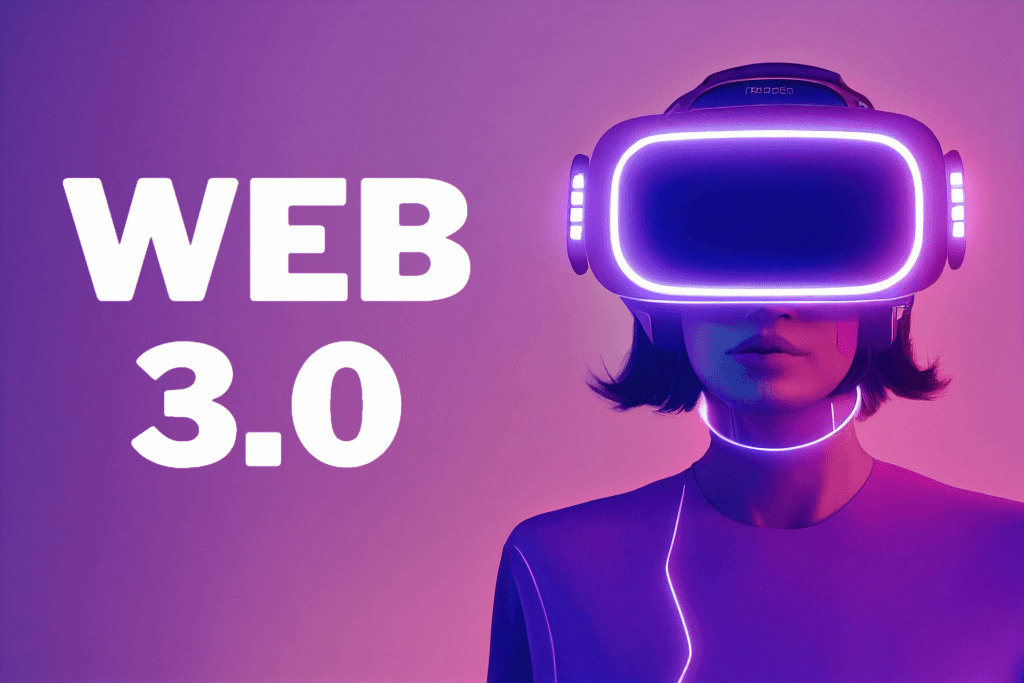
Web3 refers to the third generation of the World Wide Web, which is focused on the use of decentralized technologies such as blockchain and peer-to-peer networks. This new generation of the web is designed to be more secure, transparent, and open than the current centralized web, which is dominated by a few large tech companies.
One of the key features of web3 is the use of decentralized applications (DApps), which are built on blockchain or other decentralized platforms. These DApps are designed to be more secure and transparent than traditional centralized applications, as they are not controlled by a single entity and the data is stored on a decentralized network.
Another important aspect of web3 is the use of decentralized finance (DeFi), which refers to financial services and products that are built on blockchain and decentralized networks. DeFi aims to provide more accessible and transparent financial services to a wider audience, and it has the potential to disrupt traditional financial systems.
Web3 also includes new technologies such as decentralized storage and decentralized identity, which aim to provide more secure and transparent alternatives to traditional centralized solutions.
Mainly, web3 represents a new paradigm for the internet, one that is focused on decentralization, security, and transparency. It has the potential to significantly impact many aspects of society, including finance, communication, and commerce.
There are several benefits of web3 and the use of decentralized technologies:
- Security: Decentralized networks and applications are less vulnerable to attacks and data breaches, as they are not controlled by a single entity and the data is distributed across a network of nodes.
- Transparency: Decentralized networks and applications are generally more transparent, as the data is stored on a public ledger and can be easily verified by anyone.
- Censorship resistance: Decentralized networks and applications are not controlled by a single entity, which makes them resistant to censorship.
- Accessibility: Decentralized technologies have the potential to provide more accessible and inclusive services, particularly in areas where traditional financial and communication systems are lacking.
- Interoperability: Decentralized networks and applications can be easily integrated with other systems, which helps to facilitate innovation and collaboration.
- Disintermediation: Decentralized technologies have the potential to disrupt traditional intermediaries, such as banks and other financial institutions, and enable more direct and peer-to-peer transactions.
Overall, web3 and decentralized technologies have the potential to provide a more secure, transparent, and accessible internet, which could have significant benefits for individuals and society as a whole.



